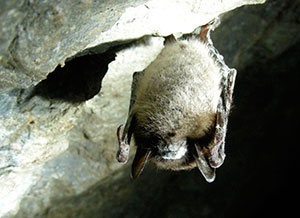Species Evalution Criteria
Specifically, in determining which species warrant Species of Greatest Conservation Need (SGCN) status, Congress requires states to consider the “distribution and abundance of species of wildlife, including low and declining populations as the State fish and wildlife agency deems appropriate, that are indicative of the diversity and health of the State’s wildlife.”
Identifying the Species of Greatest Conservation Need in Maryland began with reviewing the previous 2005 SGCN list to identify species’ population changes over the last ten years. Decisions about which species to add onto the 2015 SGCN list relied heavily on a review of:
- current conservation status
- changes in abundance and population trends
- distribution and changes in habitat condition
- relative concern and population status within the Northeast region
- an increase (or decrease) of existing threats (e.g., spread of disease, illegal trade, increased loss of habitat, new invasive species)
Maryland used its own state data, as well as national and regional conservation plans and assessment documents to further examine and evaluate the 2015 list of Species of Greatest Conservation Need. A few examples of these documents include:
- Partners in Flight priority species
- Northeast Amphibian and Reptile Species of Regional Responsibility and Conservation Concern
- Northeast states' lists of Species of Greatest Concern
- State of the Birds 2014 Report

Myotis lucifugus, courtesy of Marvin Moriarty, FWS